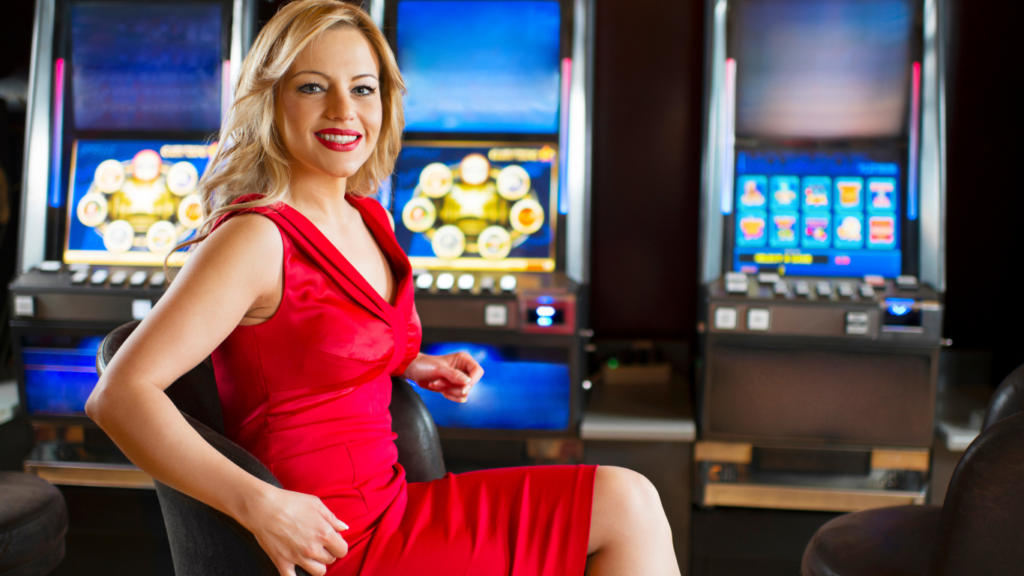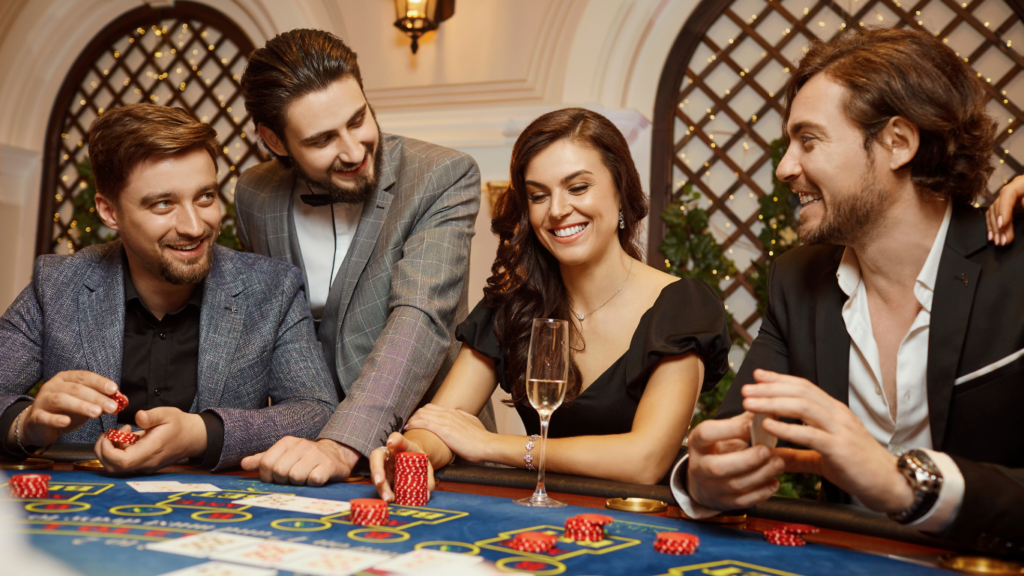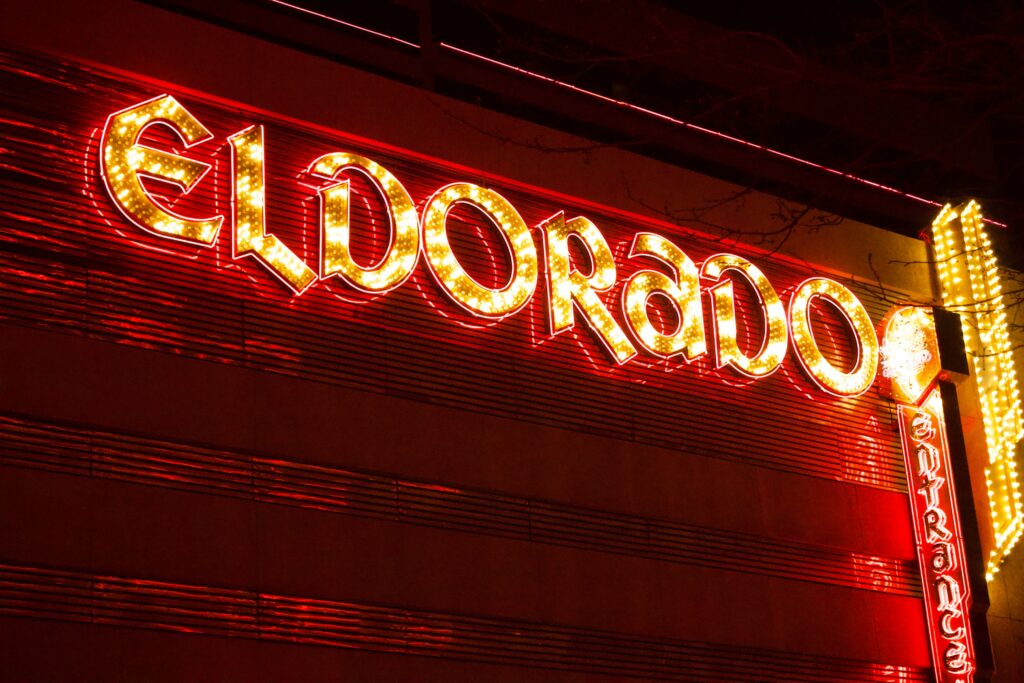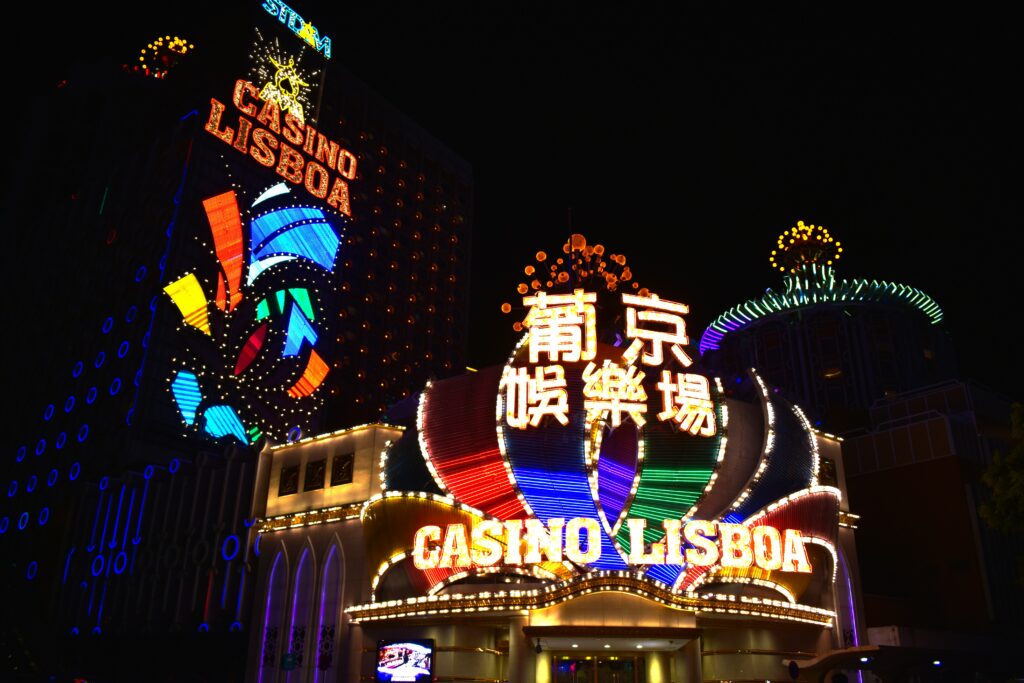The Connection Between Gambling and Entertainment
Gambling integrates with entertainment through carefully crafted experiences, captivating players beyond the wager itself. Casinos, for example, enhance the atmosphere with live music, elaborate decor, and interactive games, transforming standard betting into an engaging activity. Online platforms replicate this dynamic with features like animated visuals, immersive soundtracks, and multiplayer options, creating a sense of excitement.
Entertainment formats adopt gambling elements to heighten audience engagement. TV game shows and mobile apps include quiz-based rewards or spin-the-wheel mechanics, blending leisure with gaming. These elements bring the thrill of potential wins into non-casino contexts, making gambling components an intrinsic part of modern entertainment.
Packed event venues amplify the entertainment value of gambling. Las Vegas and Macau host performances by renowned artists, with casino complexes offering shows, fine dining, and themed attractions alongside gaming floors. These venues connect gambling with memorable leisure activities to attract diverse audiences.
Storylines in films and series often showcase gambling. Popular titles like “Casino Royale” or “Ocean’s Eleven” highlight the appeal of high-stakes games within dramatic narratives. This portrayal introduces the allure of gambling to broader entertainment spheres, weaving its excitement into mainstream culture.
The Evolution of Gambling as Entertainment
Gambling has transformed from a simple pastime into a vast entertainment phenomenon. Its journey illustrates a deep-rooted connection between tradition and modern innovation.
Historical Perspective
Gambling’s roots trace back thousands of years. Ancient civilizations, including the Chinese, Egyptians, and Greeks, engaged in games of chance. Dice-like objects found in archaeological sites date back to 3000 BCE. In medieval Europe, card games gained popularity, while public lotteries funded significant projects, such as constructing the Great Wall of China.
By the 17th and 18th centuries, organized gambling spaces like Italy’s Ridotto and French gaming salons created structured environments for gaming. These establishments blended gambling with social interaction and marked the start of gambling’s entertainment-oriented phase.
Modern-Day Popularity
- Today, gambling thrives as an integral part of the global entertainment industry.
- Casinos, like those in Las Vegas and Macau, combine gaming with luxury experiences, including live performances, fine dining, and themed attractions.
- Online platforms bring convenience, offering live dealer games, tournaments, and immersive visuals, reaching millions worldwide.
- Non-traditional formats, like eSports betting and app-based games, expand gambling’s appeal, integrating entertainment seamlessly.
- Partnerships between gambling brands and media, such as ads in sports events, amplify its reach.
- Legalization in regions like the US fuels further growth, transforming gambling into a mainstream entertainment form.
Key Elements That Make Gambling Entertaining

Gambling captivates audiences by combining:
- thrilling experiences
- social engagement
- technological innovations
These elements work together to create a dynamic form of entertainment.
Thrill and Excitement
The unpredictability of gambling drives excitement. Players feel a surge of adrenaline during high-stakes moments, such as spinning the roulette wheel or revealing poker cards. Anticipation builds with every wager, as victories, even small ones, produce instant gratification. Progressive jackpots in slot machines amplify this thrill by introducing the possibility of life-changing rewards.
Social Interaction
Gambling fosters connections through multiplayer formats and communal spaces. In land-based casinos, poker tables and blackjack games encourage face-to-face communication, facilitating camaraderie among participants. Online gambling platforms simulate this dynamic by including live dealers and chat features, offering players the opportunity to interact in real-time. Events like poker tournaments and eSports betting gatherings further enhance the social appeal of gambling.
The Role of Technology
Advancements in technology elevate gambling experiences. Online platforms integrate augmented reality (AR) and virtual reality (VR) to create immersive environments that replicate the atmosphere of physical casinos. Mobile apps provide accessibility, enabling users to engage in gambling anytime and anywhere. Features like dynamic graphics, themed games, and AI-powered recommendations personalize gameplay, keeping players engaged.
Gambling in Popular Media and Culture
Gambling has established a prominent place in media and culture, shaping perceptions and increasing its appeal as a form of entertainment. From cinematic depictions to the involvement of public figures, media plays a pivotal role in integrating gambling into mainstream society.
Casinos in Movies and Television
Movies and television often depict casinos as glamorous and thrilling, emphasizing their cultural significance. Films like Casino Royale and Ocean’s Eleven spotlight high-stakes gaming tables, elaborate heists, and opulent settings. These portrayals create a lasting image of casinos as centers of sophistication and intrigue. Television series like Las Vegas seamlessly blend drama with casino life, offering viewers a behind-the-scenes look at the fast-paced environment.
Narratives frequently highlight characters achieving success or facing challenges due to gambling, reflecting emotional and financial stakes. These stories resonate with audiences, showcasing the appeal and risks associated with gambling activities. The entertainment industry’s fascination with gambling reinforces its place as both a lifestyle and a form of high-level amusement.
The Influence of Celebrity Endorsements
Celebrity endorsements bridge gambling and popular culture, enhancing the sector’s appeal. Prominent figures often partner with gambling platforms or casino brands, lending credibility and drawing new audiences. For example, professional athletes collaborate with sports betting companies, creating buzz around events and wagering opportunities.
Musicians and actors often appear in advertisements for gambling apps and casinos, connecting their fan base with the industry. These partnerships influence public opinion, making gambling more accessible and attractive. Through social media, celebrities actively endorse gaming products, further amplifying their reach and integrating gambling into everyday entertainment experiences.



 Sarah Guerra – Responsible Gambling Advocate
Sarah Guerra is a leading voice in responsible gambling, advocating for safer and more ethical gaming practices as part of her role at Gamble Wise Roll. With a background in psychology and gambling regulation, she is committed to raising awareness about the importance of harm reduction strategies, self-exclusion tools, and mental well-being in gaming. Through her articles and research, Sarah educates players about setting limits, recognizing signs of problematic gambling, and making informed choices when engaging with betting platforms. She also collaborates with industry stakeholders to encourage responsible gaming policies and initiatives. Her work ensures that Gamble Wise Roll remains a champion of balanced and mindful gambling experiences, emphasizing enjoyment without risk.
Sarah Guerra – Responsible Gambling Advocate
Sarah Guerra is a leading voice in responsible gambling, advocating for safer and more ethical gaming practices as part of her role at Gamble Wise Roll. With a background in psychology and gambling regulation, she is committed to raising awareness about the importance of harm reduction strategies, self-exclusion tools, and mental well-being in gaming. Through her articles and research, Sarah educates players about setting limits, recognizing signs of problematic gambling, and making informed choices when engaging with betting platforms. She also collaborates with industry stakeholders to encourage responsible gaming policies and initiatives. Her work ensures that Gamble Wise Roll remains a champion of balanced and mindful gambling experiences, emphasizing enjoyment without risk.
